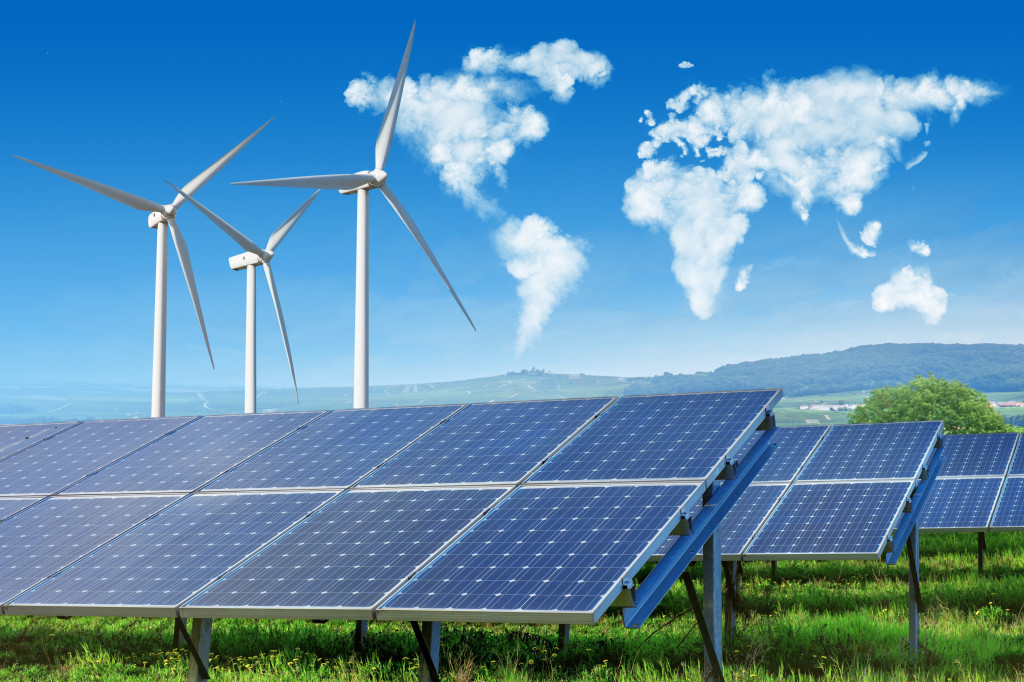Energy production is quickly growing nationwide. With an increase of renewable energy production, comes unprecedented challenges that require careful attention and due diligence in understanding operation & maintenance (O&M) and its impact on energy production. Operators of wind energy projects have a well-known problem trying to disperse voltage from lightning strikes, which account for a high percentage of insurance claims. Solar energy projects also face difficultly navigating weather issues. From 2011 to 2015, weather accounted for a plurality (49.8 percent) of solar PV insurance claims, far outpacing electrical failure (9 percent) and mechanical breakdown (2.3 percent).
“Average solar claims severity in the last five years has increased by 87%, predominantly as a result of the greater impact of weather-related losses,” renewable insurance provider GCube claimed in its 2016 Cell, Interrupted report. Hurricanes, rampant wildfires, and dust storms all contribute to the gargantuan insurance claims submitted by solar energy providers.
Over the past three years, wildfires ravaged large swathes of land in the state, endangering the operation of virtually all industries in the warpath. The smoke and ash clogged the air, blocking out significant sunlight and slashing energy production levels by roughly 50 percent. Solar performance maps produced by environmental measurement firm Vaisala demonstrate a strong correlation between below-par solar performance and exposure to wildfires. In analyzing the results, product manager Gwendalyn Bender concluded, “it’s clear that solar asset owners and operators in commonly affected areas need to start factoring this regional risk into their plans – particularly since these incidents typically coincide with the peak generation season.”
Smoke and ash aren’t the only forms of weather-related concerns. In certain areas, dust can quickly accumulate on panels and compromise energy intake, especially in areas with regular, moderate wind speed. Researchers from the Universiti Putra Malaysia found that module soiling can reduce PV output by anywhere between 2 and 50 percent.
Unfortunately, not all solar and wind energy projects are fortunate enough to receive the proper O&M planning and support for adverse natural conditions. Over the 20-year lifespan of a typical wind turbine, researchers from the University of Illinois conclude that, “rain, sand, ice crystals, hail, and insects are major contributors to a deterioration in turbine performances through local airfoil surface alterations.” In fact, tip break and blade damage stemming from these meteorological phenomena “are the first and third most common failure modes for wind turbines, respectively.” Maintenance is far from an easy process, due to the necessity for on-site inspections and repairs. And, owing to the competitive nature of the wind turbine industry, turbine operators can never be too careful about who is inspecting the inside workings of their product. Third-party technical advisory is therefore a crucial factor in securing the trust of companies.
The dangers posed by wildfires, precipitation, and flooding are dire, and count for an increasing share of project costs as the climate becomes more volatile. Damages can be minimized, however, through location planning and comprehensive preparations for disaster through a well-defined O&M plan.
While it’s frustrating to grapple with unpredictable weather uncertainties and its impact on the performance of an asset, Ensight Energy offers comprehensive technical advisory services to evaluate your O&M plan to determine its capabilities to provide for long term reliability of your assets. For expert technical advisory services during every stage of your energy project’s lifecycle, feel free to contact us via email at [email protected] or by phone at 720.648.6554.

